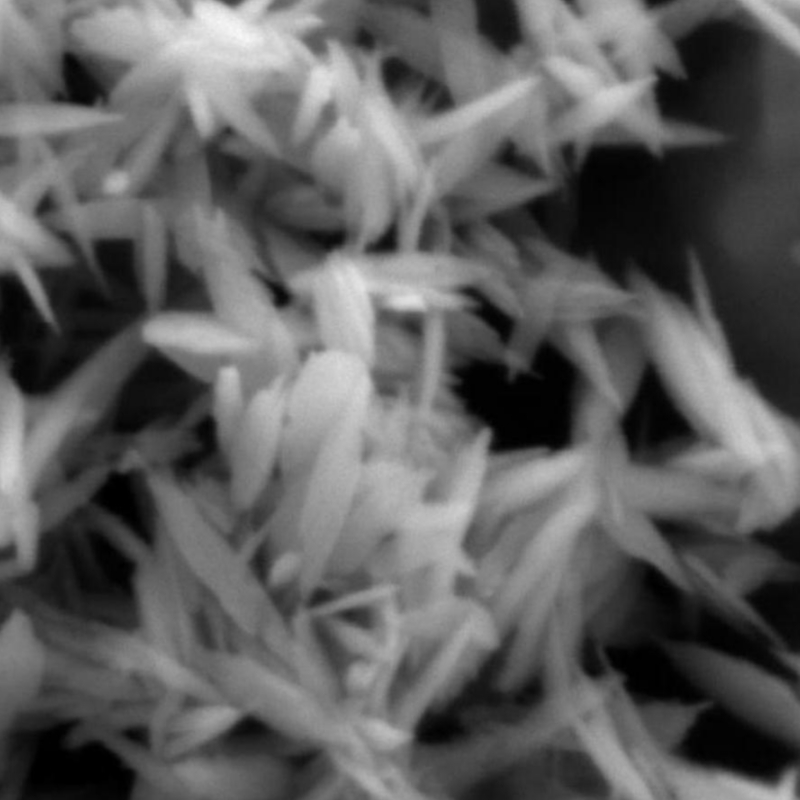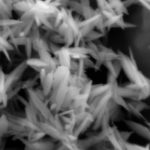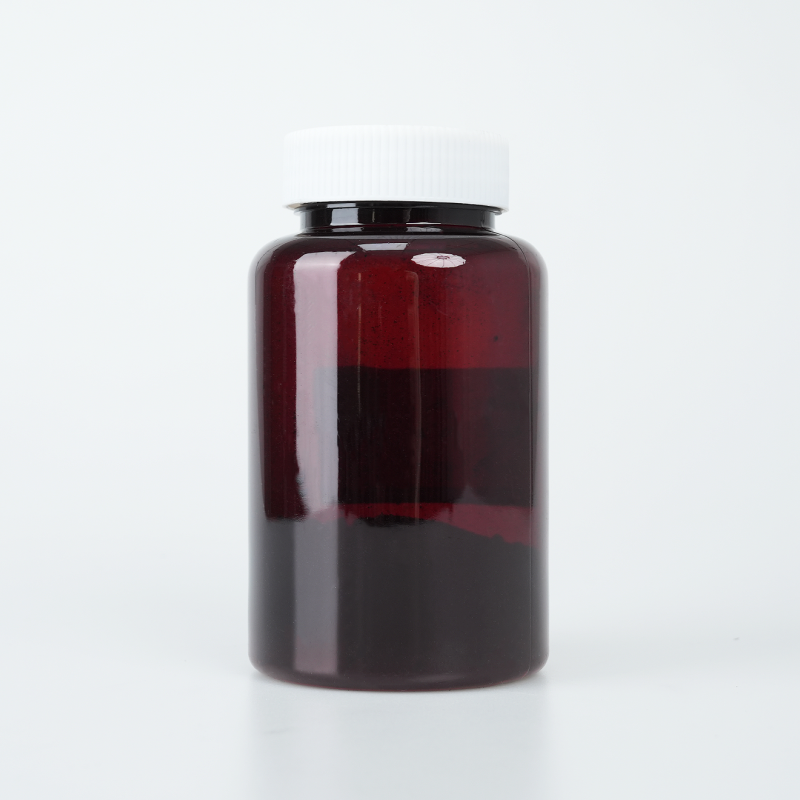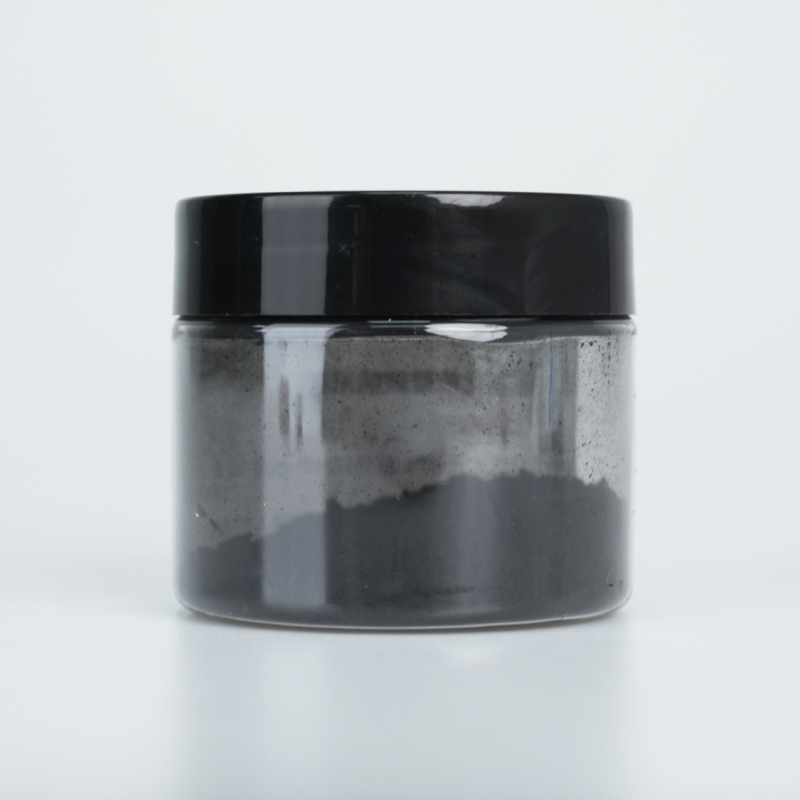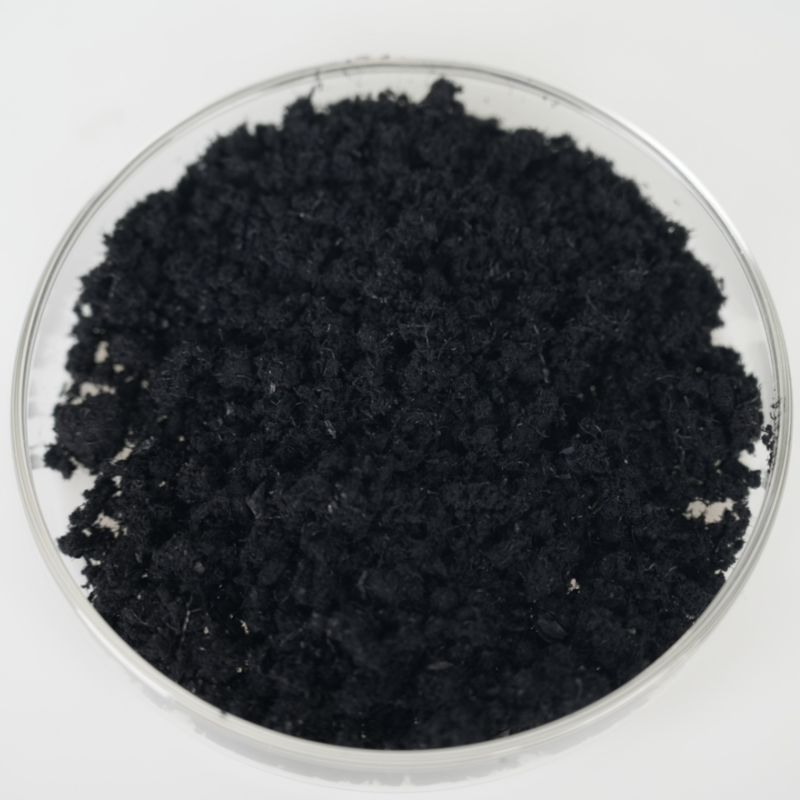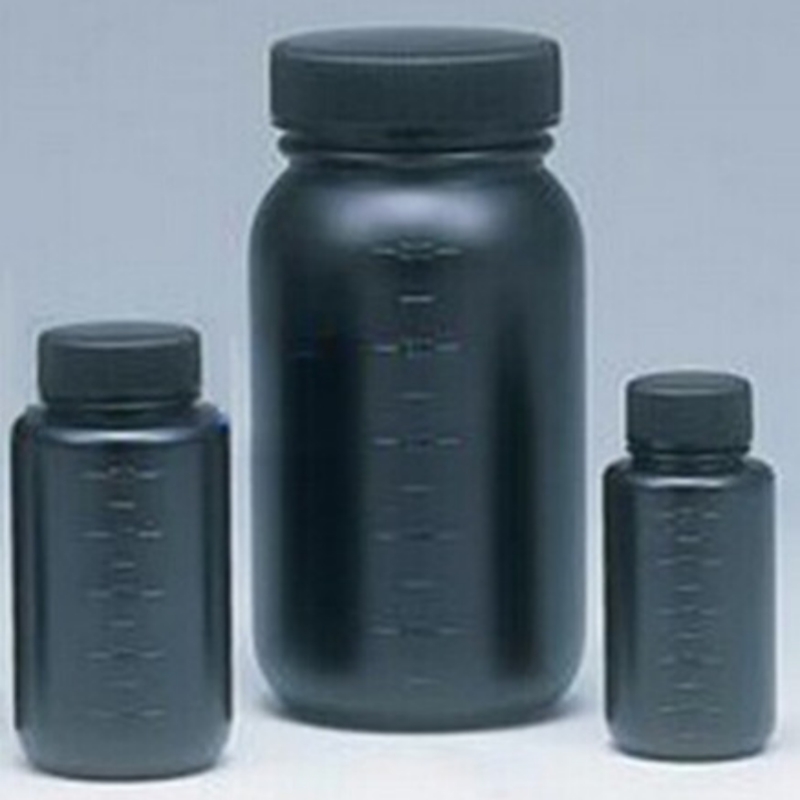Copper oxide (CuO) nanoplates provide optimized surface interaction, superior catalytic activity, and enhanced electrical conductivity. Designed for sensors, batteries, and environmental applications, they ensure efficient charge transport, extended durability, and high adaptability.
Product Overview
Copper Oxide (CuO) is a p-type semiconductor with a narrow bandgap of 1.2 eV, widely used in the study of high-temperature superconductors and giant magnetoresistance materials. Copper oxide nanoplates, with their unique two-dimensional structure, are increasingly being recognized for their advantages over other forms of CuO. The large surface area and fully exposed active sites make CuO nanoplates highly efficient in catalysis and adsorption applications.
Key Features
- Two-Dimensional Structure: CuO nanoplates have a 2D plate-like structure, providing a large surface area to increase contact with reactants or target molecules.
- High Surface Activity: The nanoscale effect increases the proportion of surface atoms, which enhances the surface active sites and boosts the catalytic and adsorption performance.
- Catalytic Performance: Due to their high surface area and activity, CuO nanoplates demonstrate outstanding catalytic properties, making them ideal as efficient catalysts or catalyst supports.
Applications
- Catalysis: CuO nanoplates are widely used in organic synthesis, environmental remediation, and other catalytic processes. They effectively promote redox reactions in organic synthesis and serve as photocatalysts for the degradation of organic pollutants in environmental applications.
- Optoelectronics: With excellent optical properties, CuO nanoplates are used in the manufacture of solar cells, photodetectors, and other optoelectronic devices, enhancing light-to-energy conversion efficiency and sensitivity.
- Medical Applications: The antimicrobial properties of CuO nanoplates make them ideal for use in medical applications, such as the creation of antibacterial coatings, antibacterial fibers, and drug carriers to prevent and treat bacterial infections.
| Parameter | Description |
| State | Black powder |
| Lateral size | 100-1500 nm |
| Thickness | 10-50 nm |
| Purity | ~99% |
| Surface area | ~20.73 m²/g |
 new material
new material

